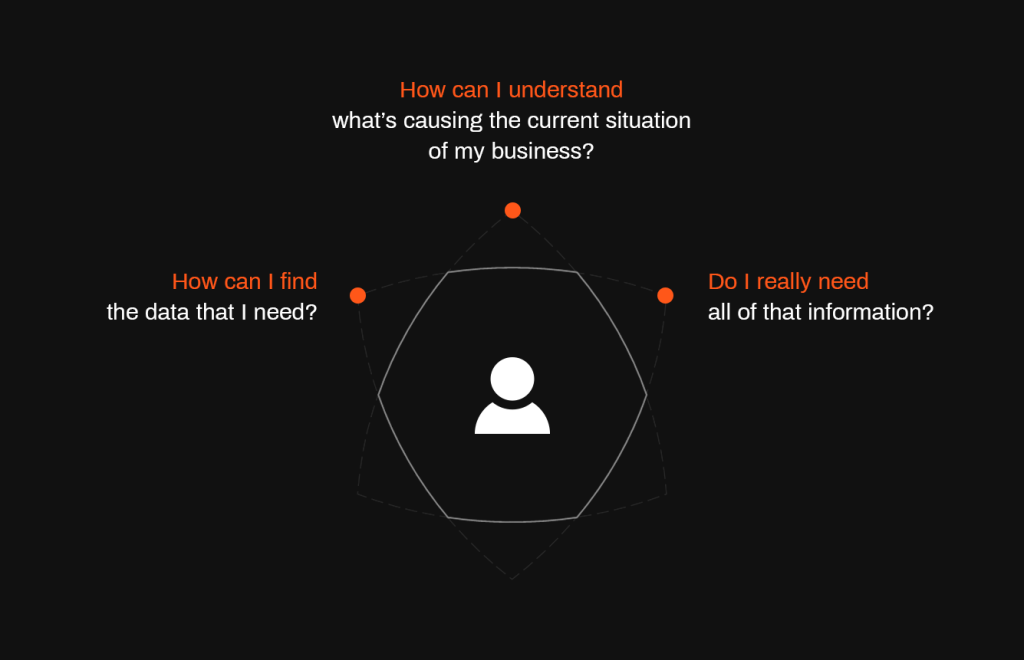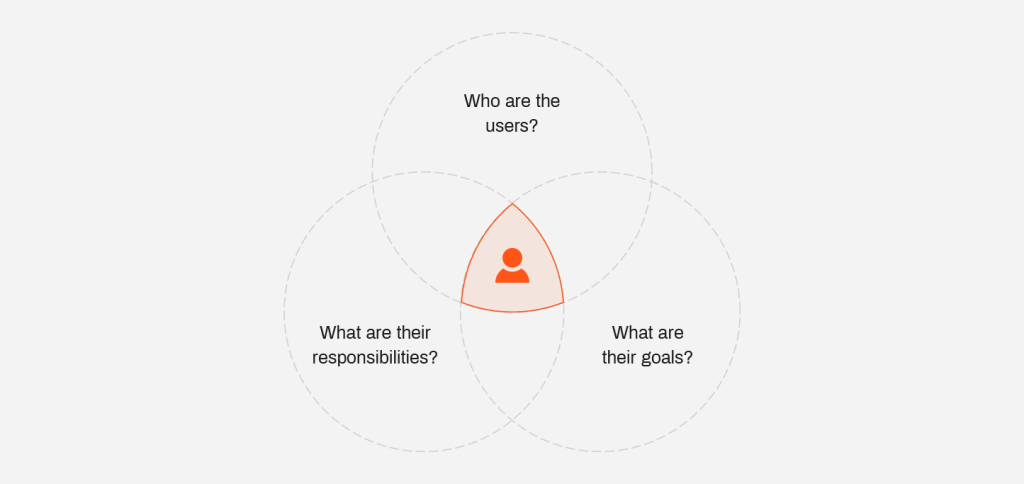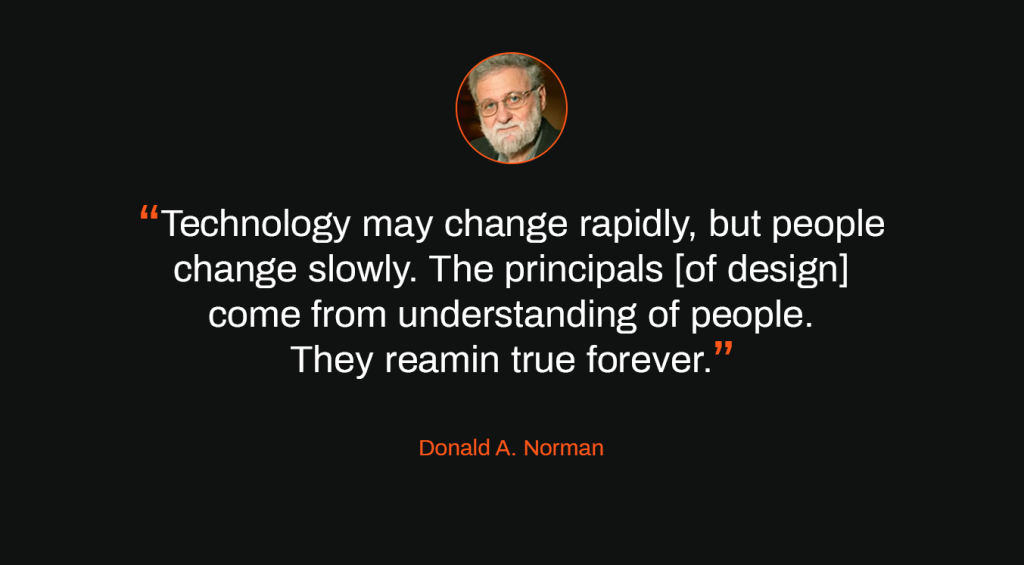
Both UX/UI and Business Intelligence are very broad terms. However, the most important common part of the two is the users and their experience. Have your users or you ever asked yourself some of these questions?

The answer to all of these questions is the proper UX/UI design. Let’s investigate why.
The risks of bad UX
The main purpose of any dashboard, report, or analytical platform is to help the user to better understand the “Why” through data and knowledge, and, what’s most important improve the decision-making process. The great analytical tool should provide information that the user needs in a fast, not misleading, and easy to understand way.
If the quality of the UX is poor, you’re risking the following:
- Users won’t know how to use the tool or will use it incorrectly.
- They will feel confused and lost, and not want to use the product.
- They’ll have trouble finding and accessing the data they need.
And what’s most important, they won’t be able to answer their questions, act fast and make the decisions that they’re sure of. Very often, BI reports are built too quickly without giving a single thought to whether they will meet users’ needs, and the UX is treated very neglectfully – that can be a cause of the risks listed above.
How can these problems be accounted for?
Knowing your users
The most important thing before starting any design work is getting to know the users. These are key questions that should be answered:

By answering these questions, you’re getting closer to ensuring that the product will meet all the users’ needs. The UX shouldn’t be developed in isolation and be only based on the designer’s vision, but rather developed through listening to the users and getting to know them. Trying to meet all of the users’ needs and preferences might be hard to accomplish but it’s crucial for developing the desired product and totally worth it.

How adopting UX and following the best standards can improve your BI
Of course, having a spot-on UX isn’t the only recipe for success, but it’s one of the key building blocks for a great analytical platform. Following the best standards and practices can bring many advantages and result in following:

Michał Stryjczak
Read more:
